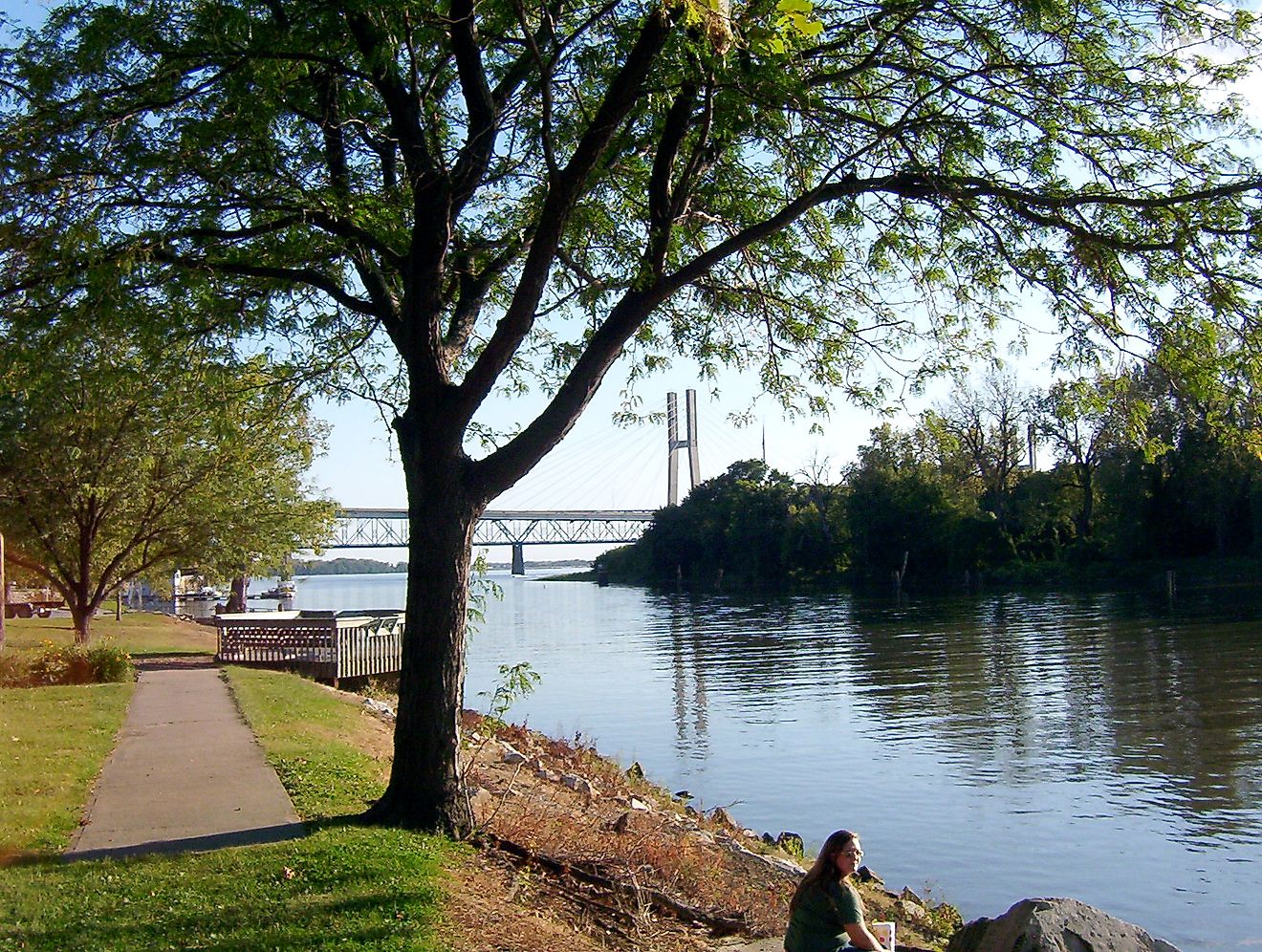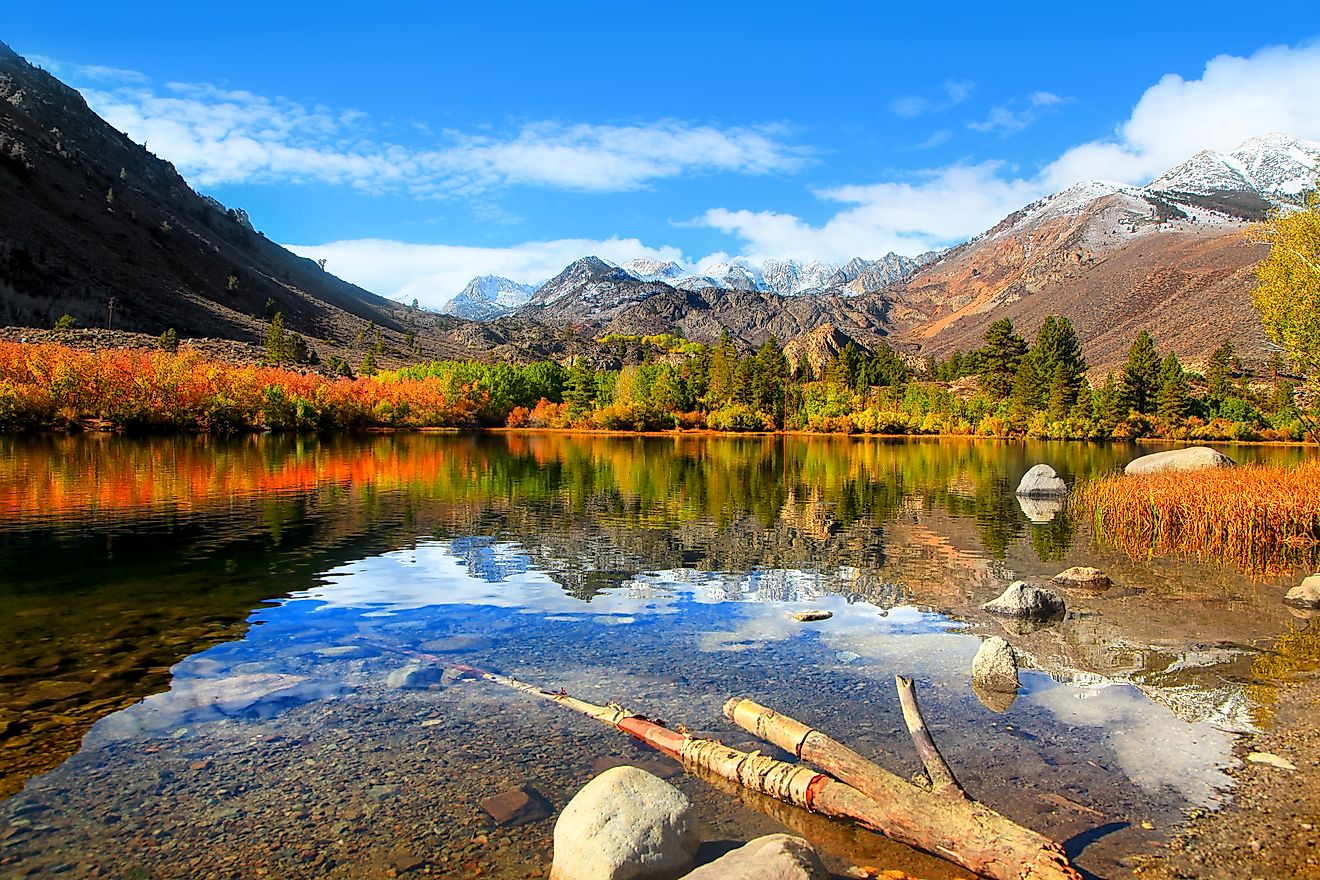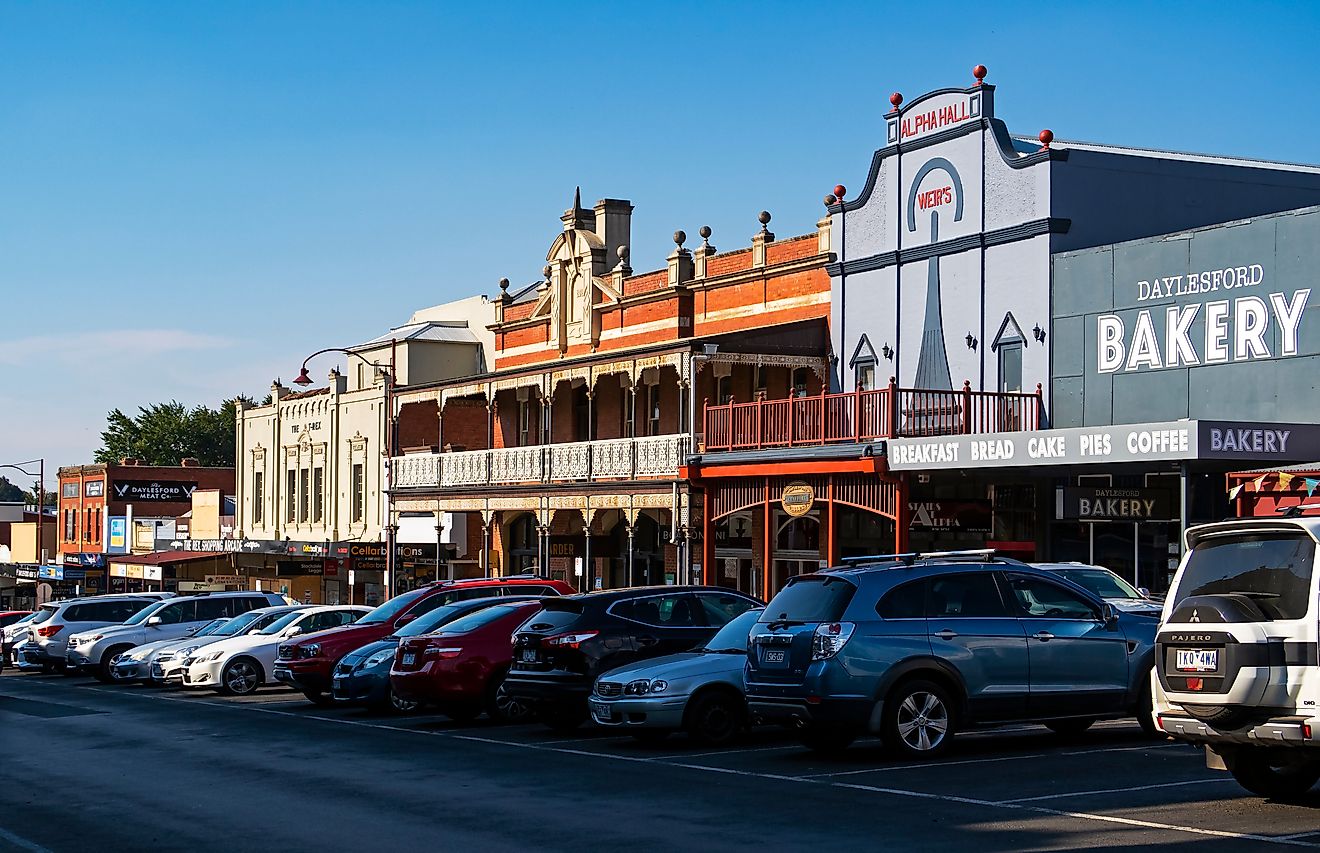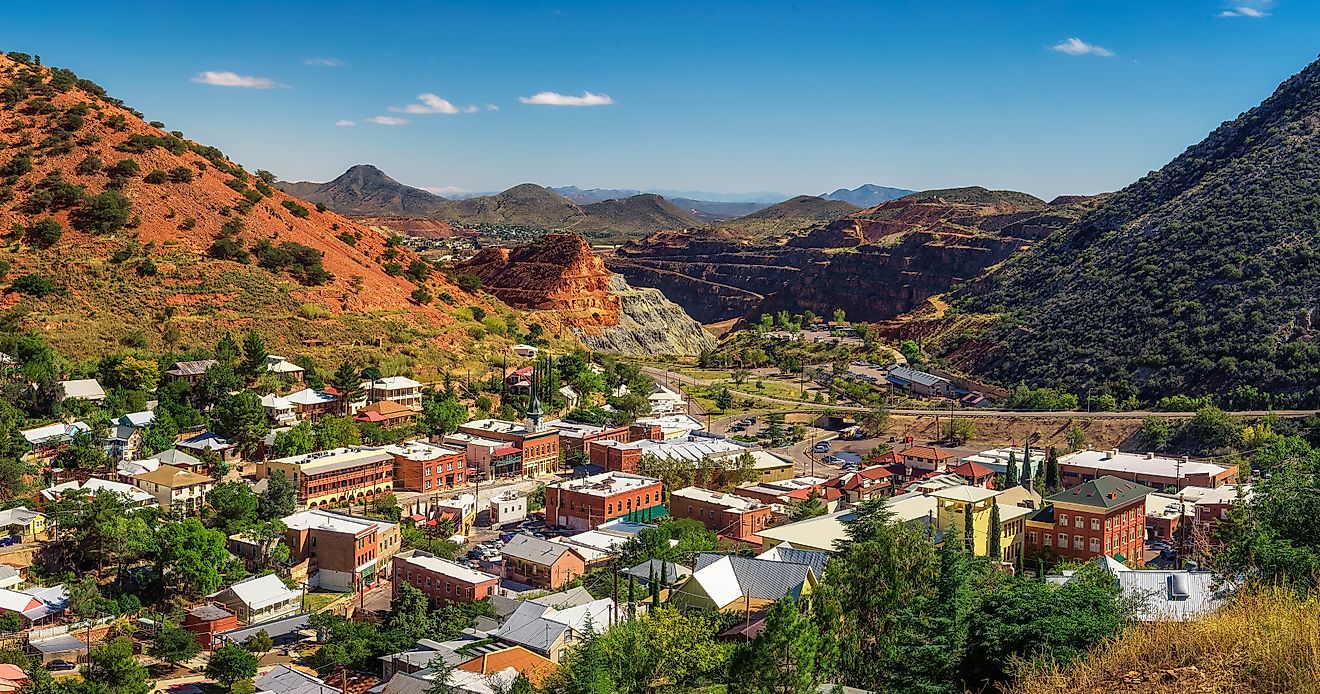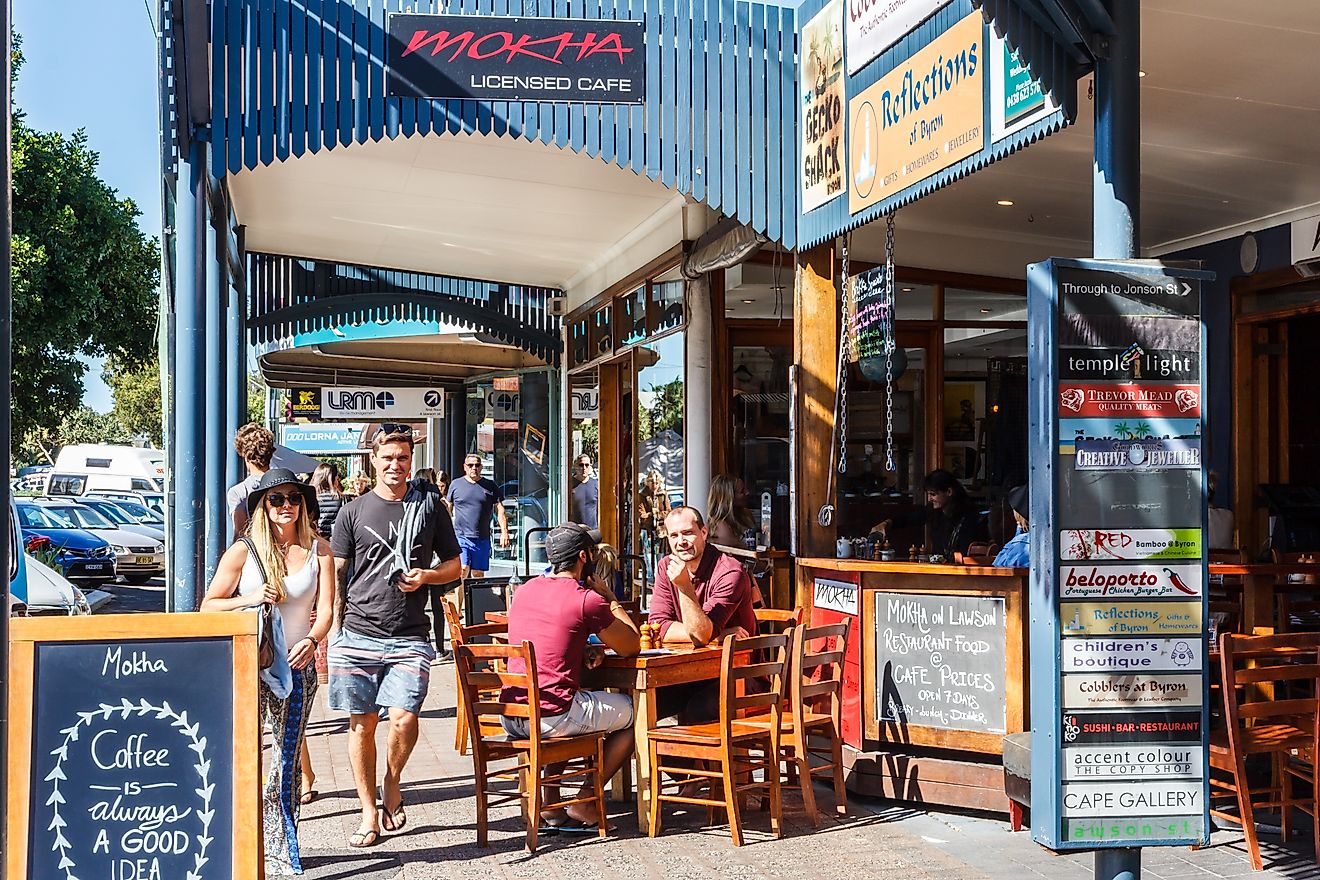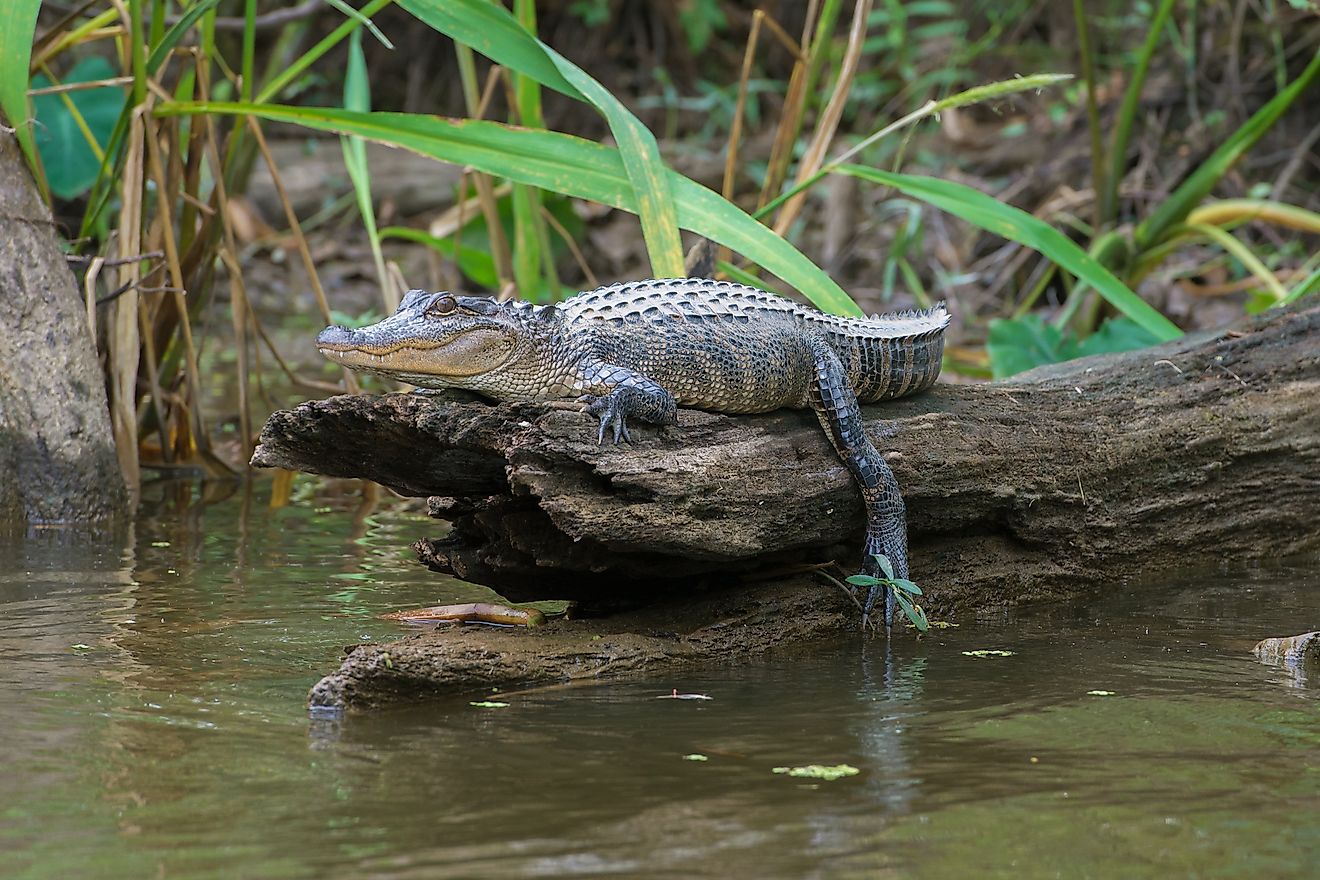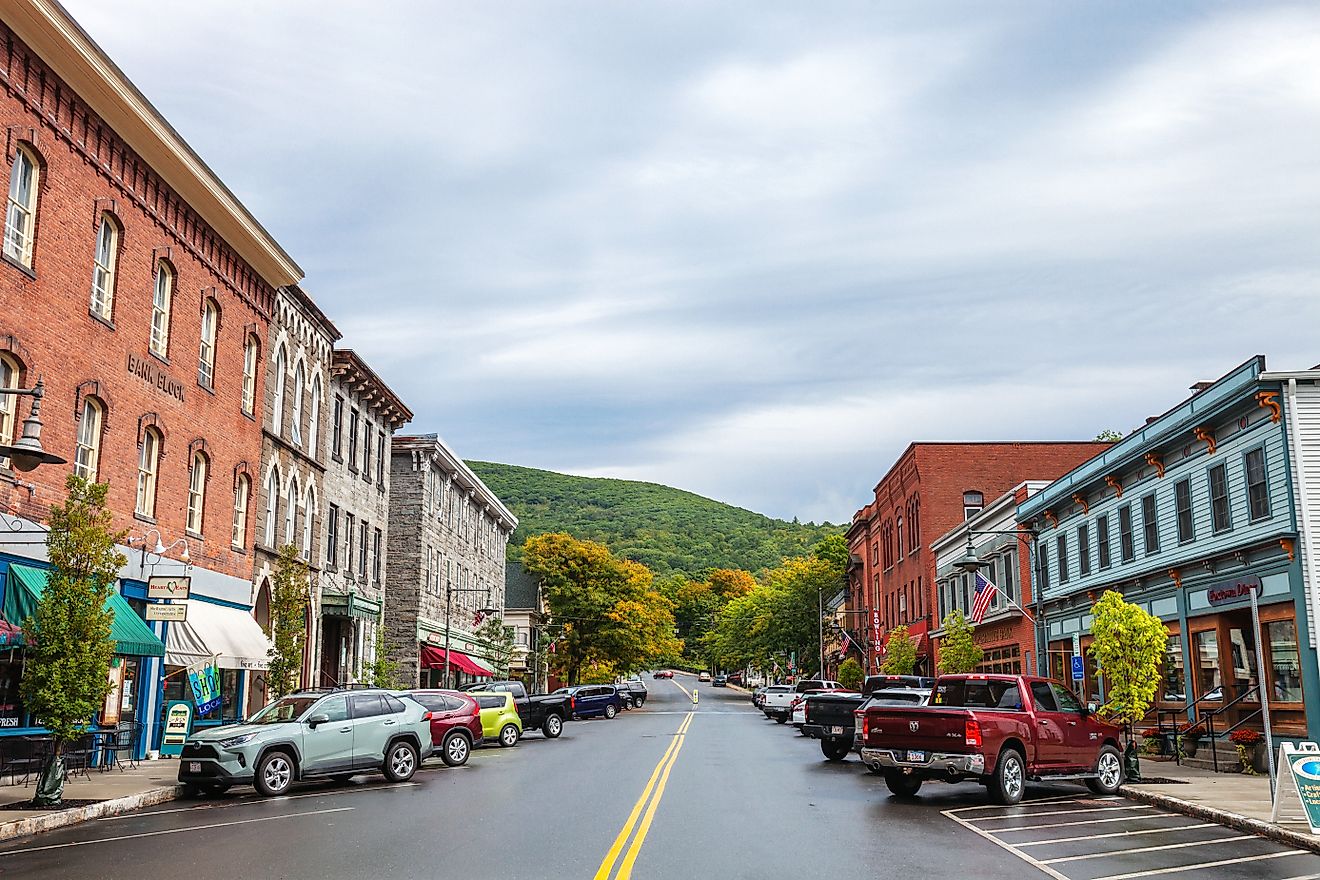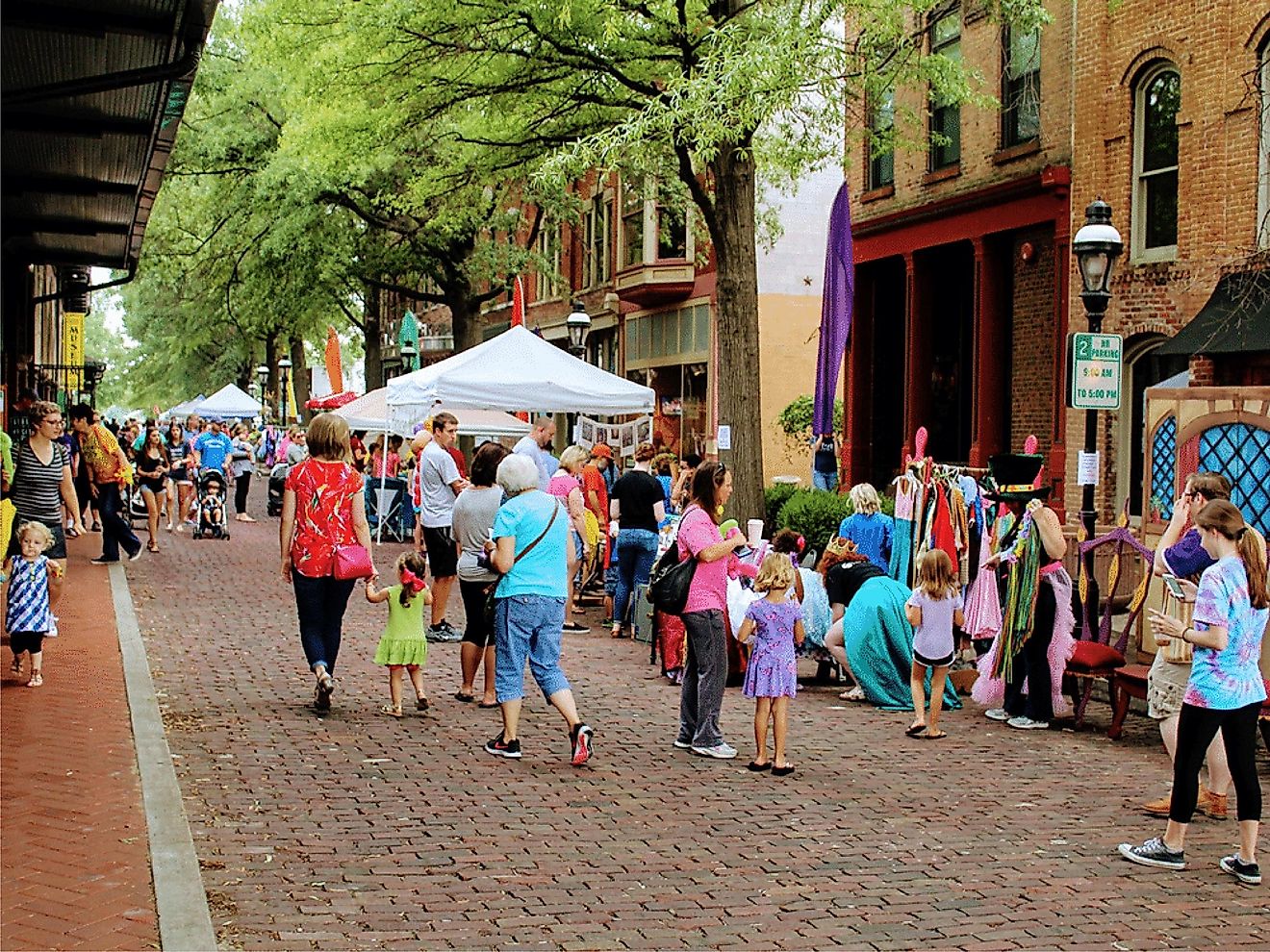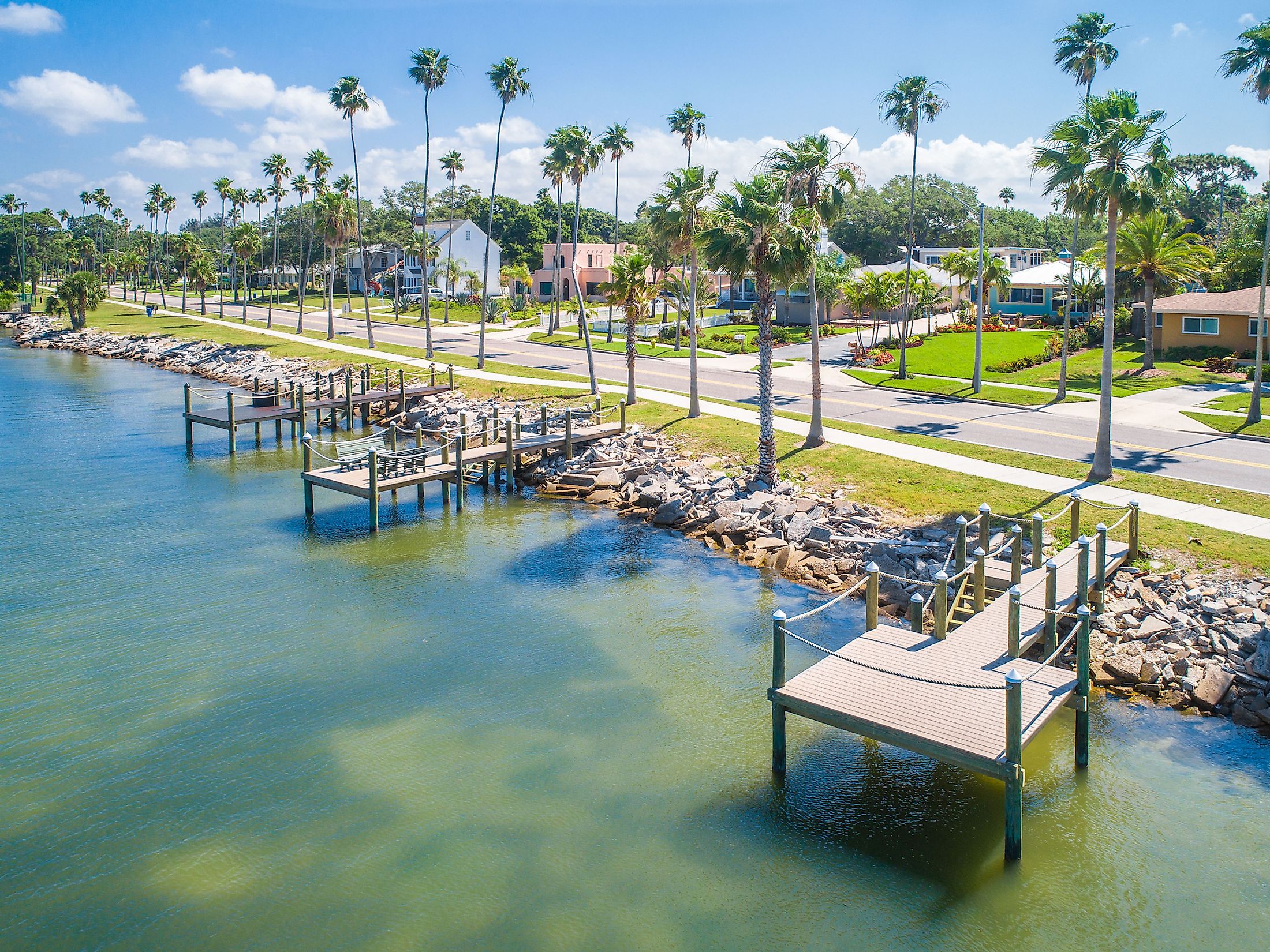
Dunedin, Florida
Dunedin is a small city situated in Pinellas County on the Gulf Coast of Florida, United States. Initially settled in 1850, Dunedin is one of the oldest cities on the state's west coast. The name "Dunedin" has been derived from the word "Dun Eideann," which is the Gaelic name for Scotland's capital city – Edinburgh. Dunedin is Pinellas County's 5th largest city and forms a part of the "Tampa-St. Petersburg-Clearwater Metropolitan Area".
Geography Of Dunedin
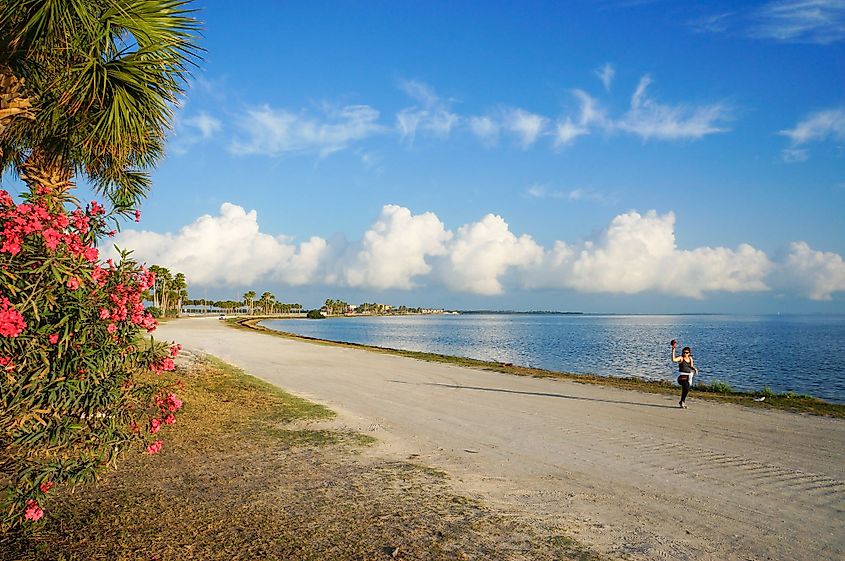
Dunedin covers a total area of 73 sq. km, of which 46 sq. km is occupied by water, and 27 sq. km is occupied by land. The city is bordered by the Gulf of Mexico in the west, the unincorporated community of Palm Harbor in the north, and the city of Clearwater in the east and south. Dunedin consists of many neighborhoods such as Braemor, Stirling Heights, Spanish Place, Virginia Crossing, Fairway Estates, Weathersfield, Spring Lake South, Ranchwood Estates, Barrington Hills, etc. The US Route 19 Alternate Highway connects Dunedin with the rest of Florida, while the St. Petersburg-Clearwater International Airport situated to the southeast of Dunedin is the closest airport.
The city has a 6.43km long shoreline and contains several pristine beaches. There are no retail stores, corporate restaurants, and large commercial signages in the city's downtown business district. The downtown is bisected by the 63km long bicycle and pedestrian trail known as the Pinellas Trail. Located to the south of the downtown, the 1.6km long stretch of Edgewater Drive provides clear views of Caladesi Island, St. Joseph Sound, and Clearwater Beach. The city is also one of the few open waterfront communities where the buildings do not completely obstruct the views of the Gulf of Mexico and the Intracoastal Waterway.
Climate Of Dunedin
Dunedin experiences long, hot summers and short, cool winters. The hot summer season lasts from the middle of May to the beginning of October, with an average daily high temperature of more than 29.4°C. The cool winter season lasts from December until March, with an average daily high temperature of less than 22.7°C. With 242 sunny days per year, the city receives an average of 51 inches of annual rainfall.
Brief History Of Dunedin
In 1850, Richard L. Garrison became the first person to receive a land grant. The area was initially named "Jonesboro" after George Jones - the owner of a general store in the new settlement. In 1878, the area was renamed by two Scotsmen: James Somerville and J. O. Douglas as "Dunedin." The Orange Belt Railway arrived in Dunedin in 1888 and was the first railroad in Pinellas County that linked central Florida with St. Petersburg. In due course, Dunedin became a significant trading center, and a large dock was built to accommodate the larger sailing vessels. Dunedin was officially incorporated as a town in 1899, and in 1926, it was formally incorporated as a city.
The Population And Economy Of Dunedin
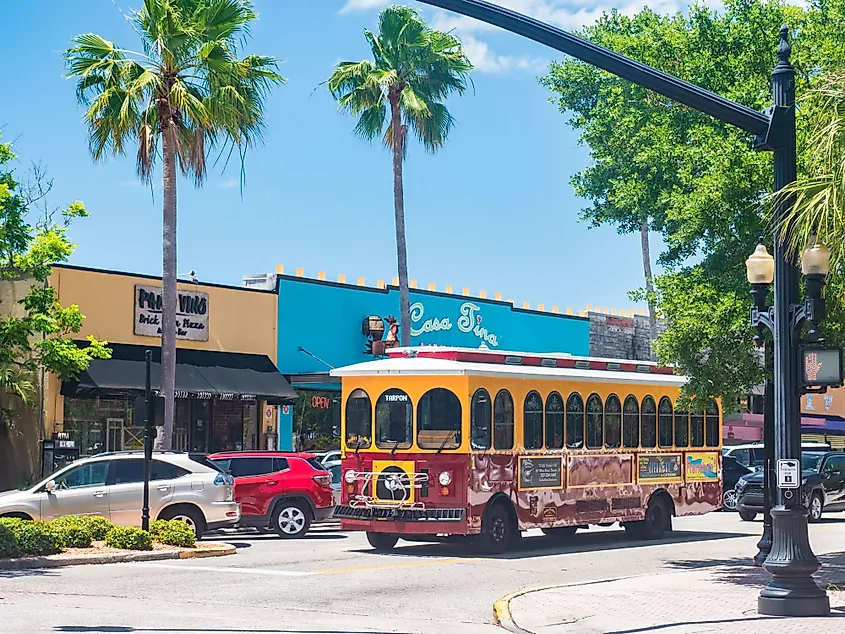
As per the latest census, Dunedin is home to 36,381 residents. The city's population has increased from the previous census, which recorded that the city was home to 35,321 people. As of 2019, about 9.69% of the city's residents were born outside the United States, while 95.8% of the residents are US citizens. The largest ethnic groups in Dunedin are the non-Hispanic White which represents 86.2% of the city's population, followed by the Hispanic White at 3.58%, African Americans at 3.49%, Asians at 2.36%, and two and more races at 2.21%.
The median household income in Dunedin as of 2019 is $50,356, and the median property value is $198,700. The city's economy employs about 16,500 people in various large industries such as Retail Trade, Health Care & Social Assistance, and Professional, Scientific & Technical Services. Since 1977, the city has served as the spring training home of the two baseball teams: Dunedin Blue Jays and the Toronto Blue Jays. The city also houses many breweries, among which the Dunedin Brewery is the oldest microbrewery in Florida.
Tourist Attractions In And Around Dunedin
Dunedin Fine Art Center
Established in 1975, the Dunedin Fine Art Center is currently one of Southeastern United States' most renowned visual arts centers that provide quality experiences for people of all ages. The Dunedin Fine Art Center organizes year-round exhibitions in its five galleries where artworks of famous artists are exhibited. In addition to this, there are 15 studio classrooms, a Palm Café, a Gallery Gift shop, and the David L. Mason Children's Art Museum.
TD Ballpark
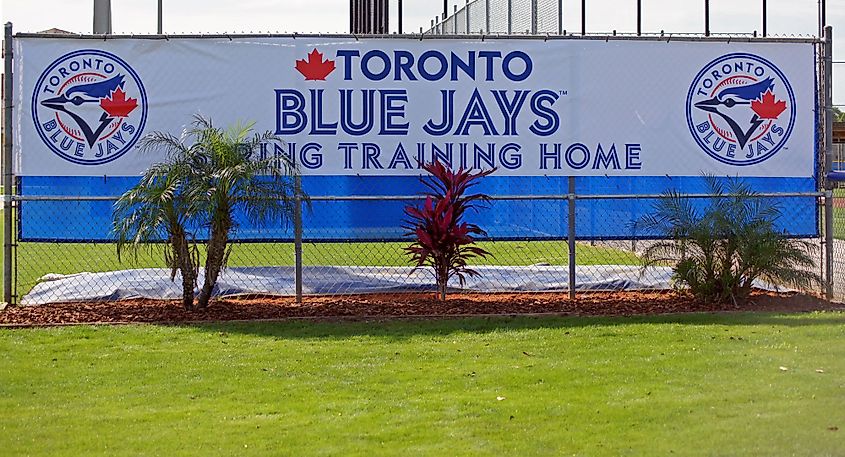
Originally referred to as the "Dunedin Stadium at Grant Field," the TD Ballpark is a baseball field opened on March 1, 1990, in Dunedin. The stadium is situated to the south of the downtown on Douglas Avenue, next to the Dunedin Public Library, which is the oldest public library in Pinellas County. The stadium has a seating capacity of 8,500 people and serves as the spring training home of the Toronto Blue Jays, the Dunedin Blue Jays, and the Falcons baseball team of the Dunedin High School. The new stadium was built to replace Grant Field, the first spring training ballpark of the Blue Jays.
Honeymoon Island State Park
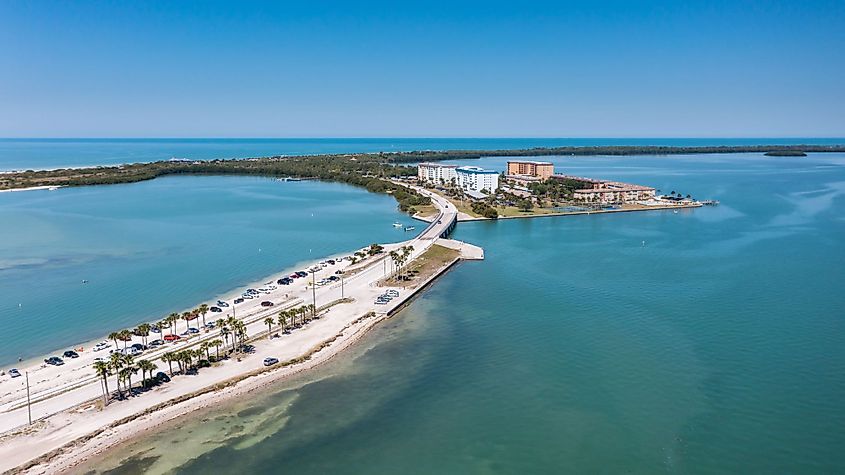
Located across the St. Joseph's Sound to the west of Dunedin on Honeymoon Island, the Honeymoon Island State Park is Florida's most visited state park that receives more than one million visitors annually. Situated on the western end of the Causeway Boulevard, the Honeymoon Island State Park acts as a haven for many endangered floral and faunal species, including mangroves, Florida slash pines, ospreys, herons, great horned owls, different wading birds, starfish, and various other marine invertebrates. The state park also serves as a perfect place for hiking, fishing, birdwatching, and sunbathing. The park's Rotary Centennial Nature Center displays many exhibits to educate the visitors about the Honeymoon and Caladesi Islands' natural and cultural history.
Caladesi Island State Park
The Caladesi Island State Park is located across the St. Joseph Sound on the Gulf of Mexico's Caladesi Island. The State Park is situated to the north of Clearwater Beach and the west of Dunedin. It is accessible by passenger ferries from Honeymoon Island and by walking in the northward direction from Clearwater Beach. The Caladesi Island State Park offers many recreational activities for its visitors, such as fishing, canoeing, shelling, kayaking, hiking, snorkeling, bird and wildlife watching, etc.

